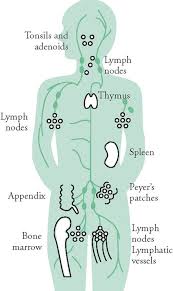MDS or Myelodysplastic Syndromes, formerly known as pre-leukemia, are defined as a group of diseases in which the production of all types of blood cells is disrupted. The body of the person with MDS is no longer producing enough number of normal and healthy red blood cells, white blood cells or platelets.
The bone marrow normally produces 'blasts' or unformed cells that naturally form into red or white red blood cells or platelets. But the bone marrow of MDS patients produces blasts in abnormally large number but only a few blood cells develop properly.
Therefore, the term pre-leukemia is totally misleading because only a minority of MDS patients develop leukemia. Leukemia is the disorder in which white blood cells are produced in excessive amount.
The causes of MDS are still largely unknown despite the continuous efforts of researchers and scientists in this area. MDS is also believed to be the root cause of several types of cancer. Although the causes have not been definitively found, there are case studies that lead doctors to link MDS to prolonged exposures of a patient to toxic chemicals, particularly to benzene, and also close contact to radiation and strong pesticides. Since these instances are caused by environmental factors, doctors call such cases either treatment-related MDS or secondary MDS.
Some of the common symptoms of MDS are: anemia, abnormally pale skin and unexplained exhaustion (when red blood cell count is very low); and frequent infections, chronic fever, uncontrolled bleeding, and bruises easily (when white blood count is very low).
According to medical reports, anemia is the most common form of Myelodysplastic Syndromes.
For Further Reading,


